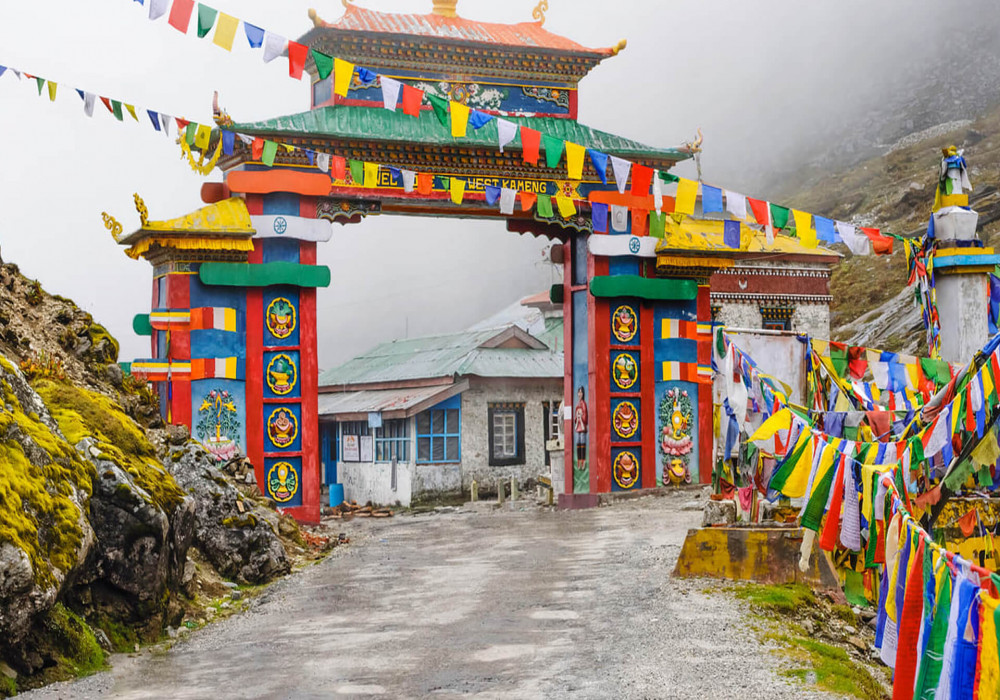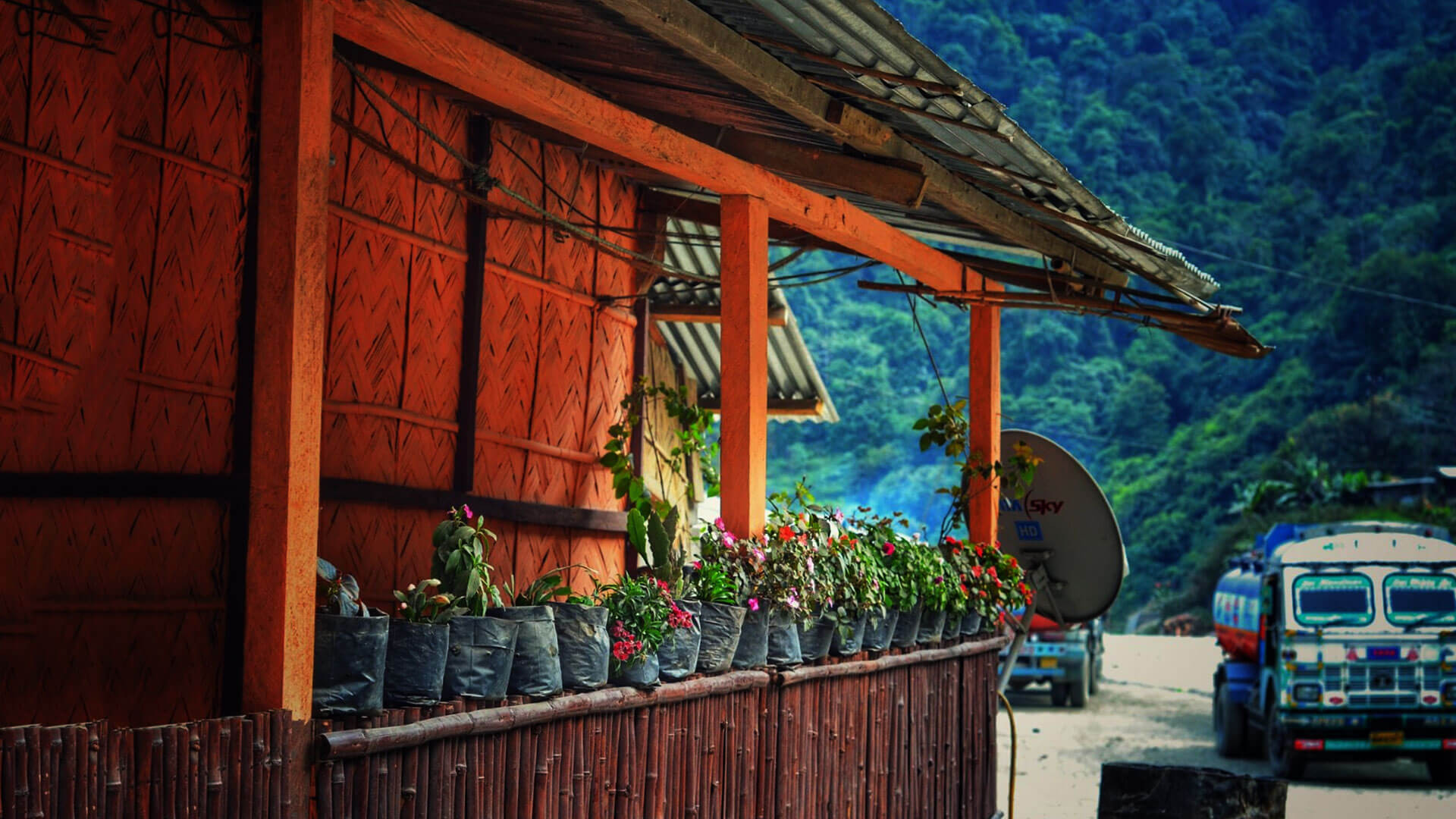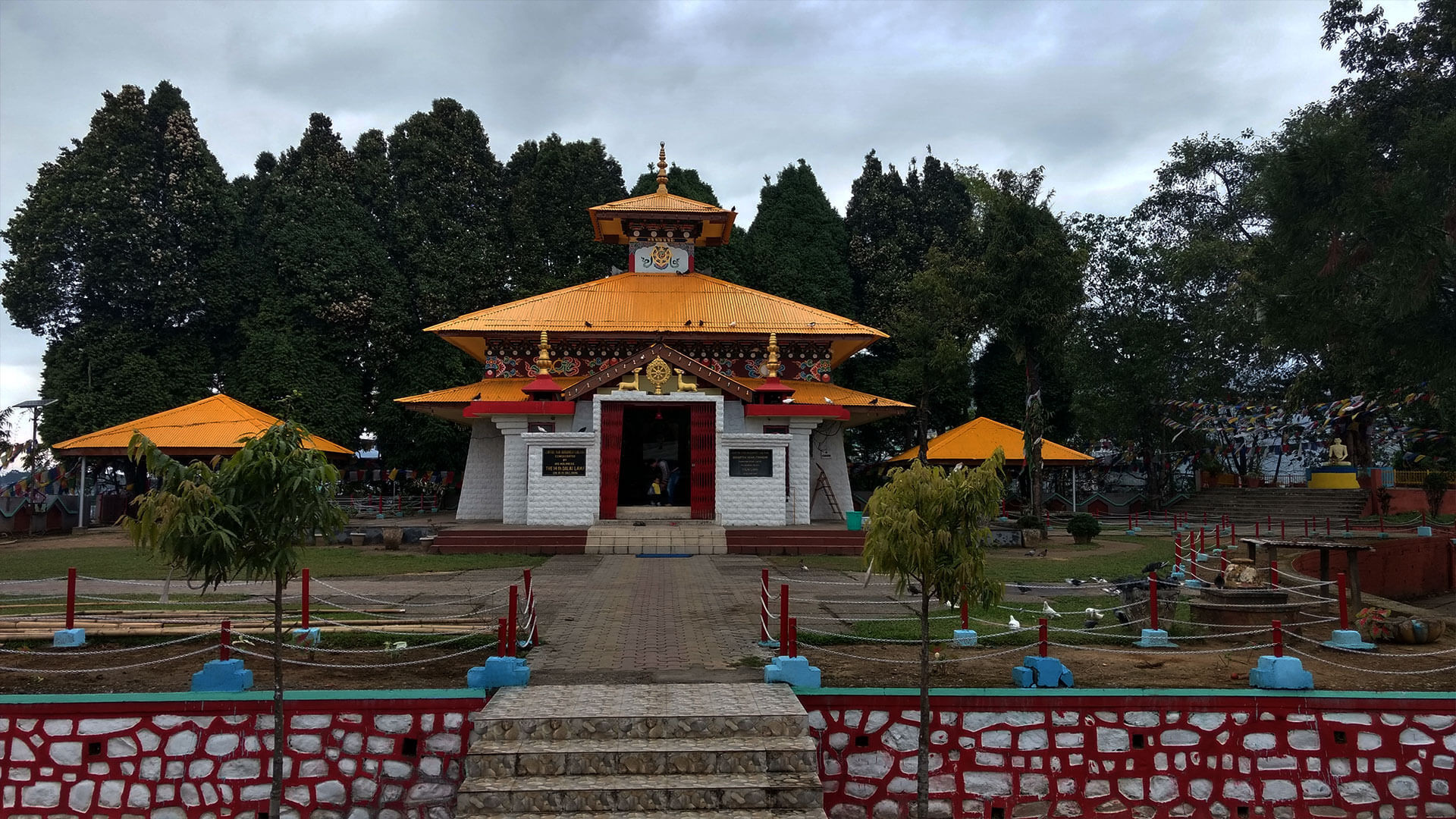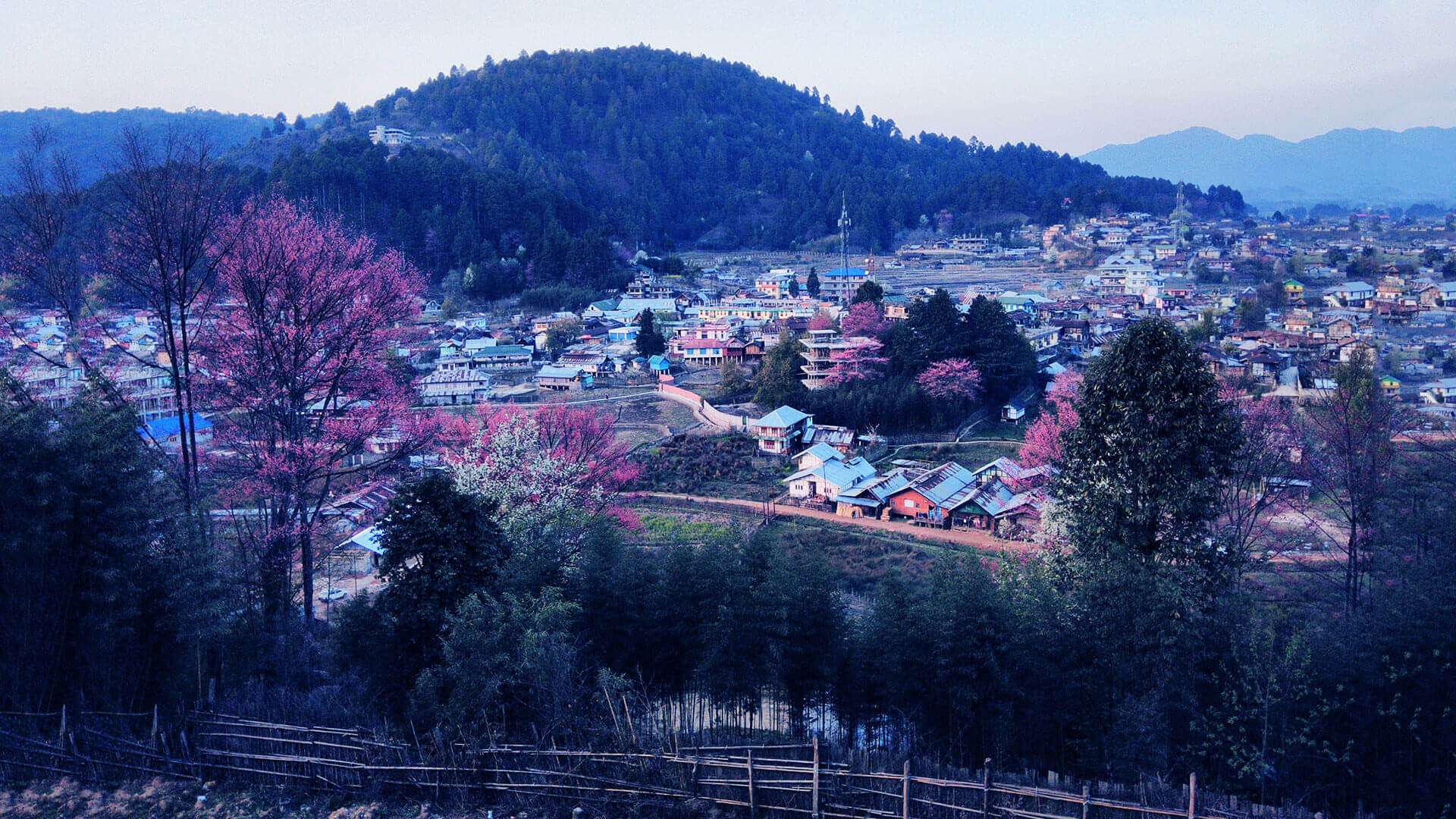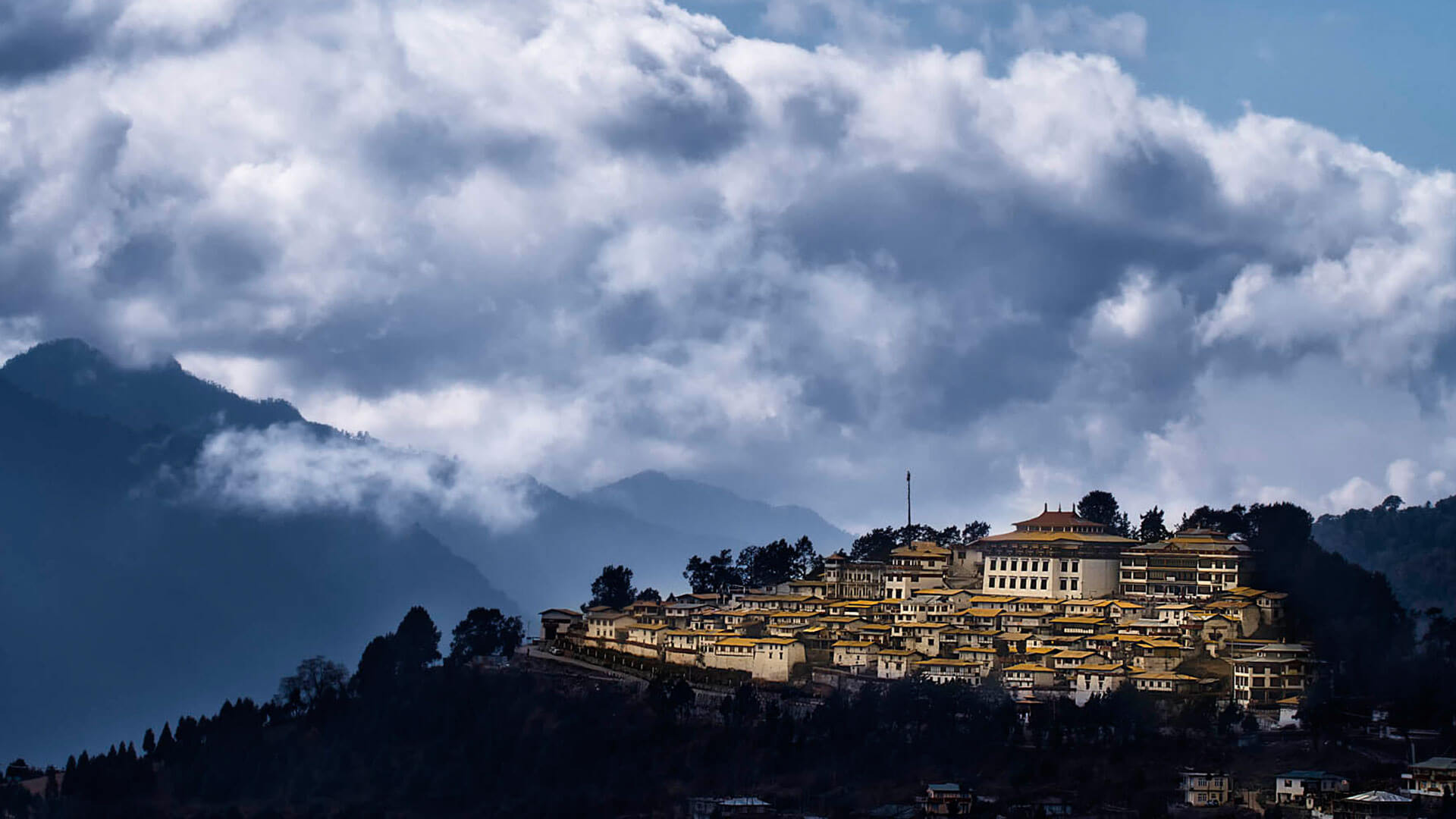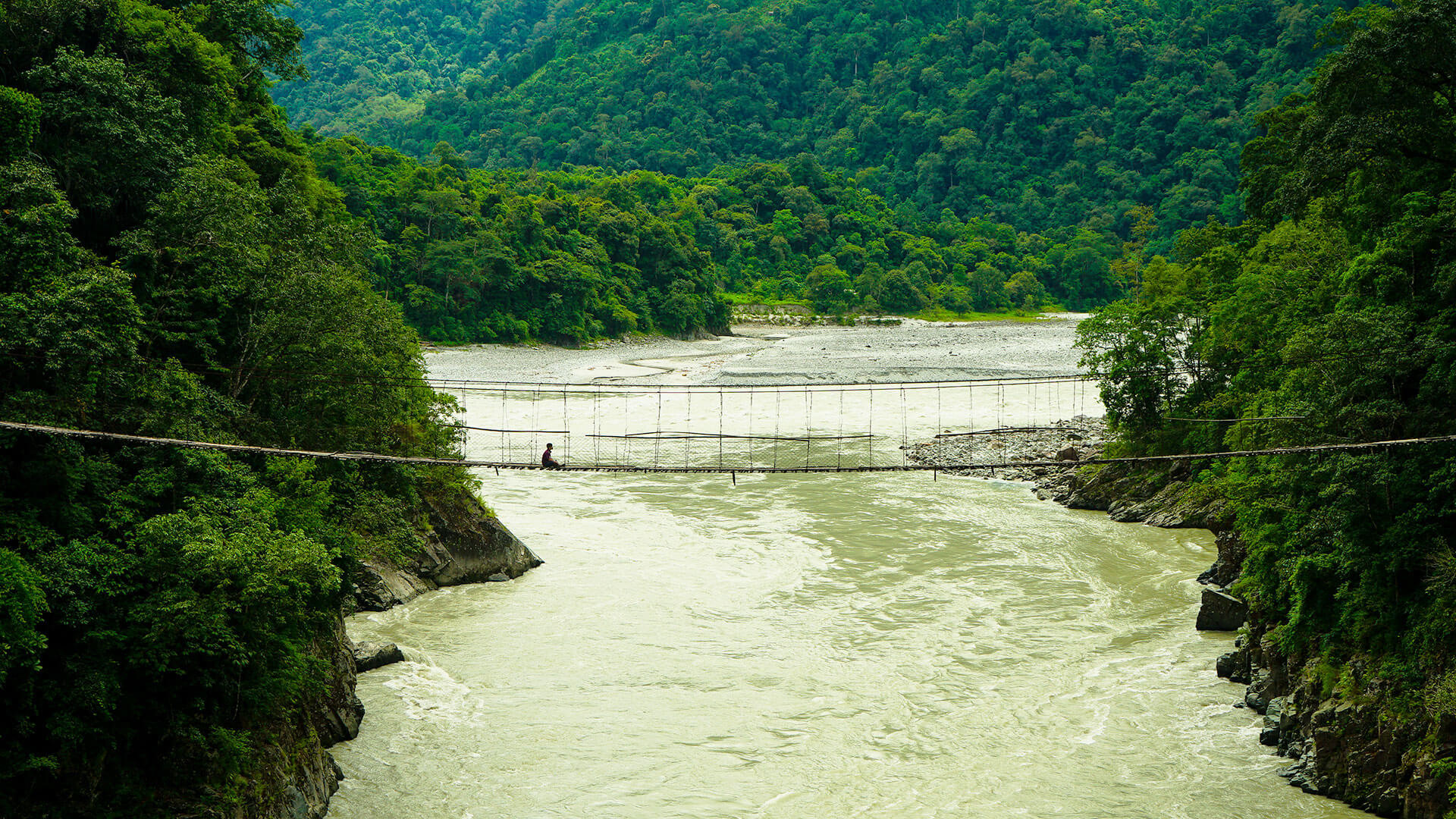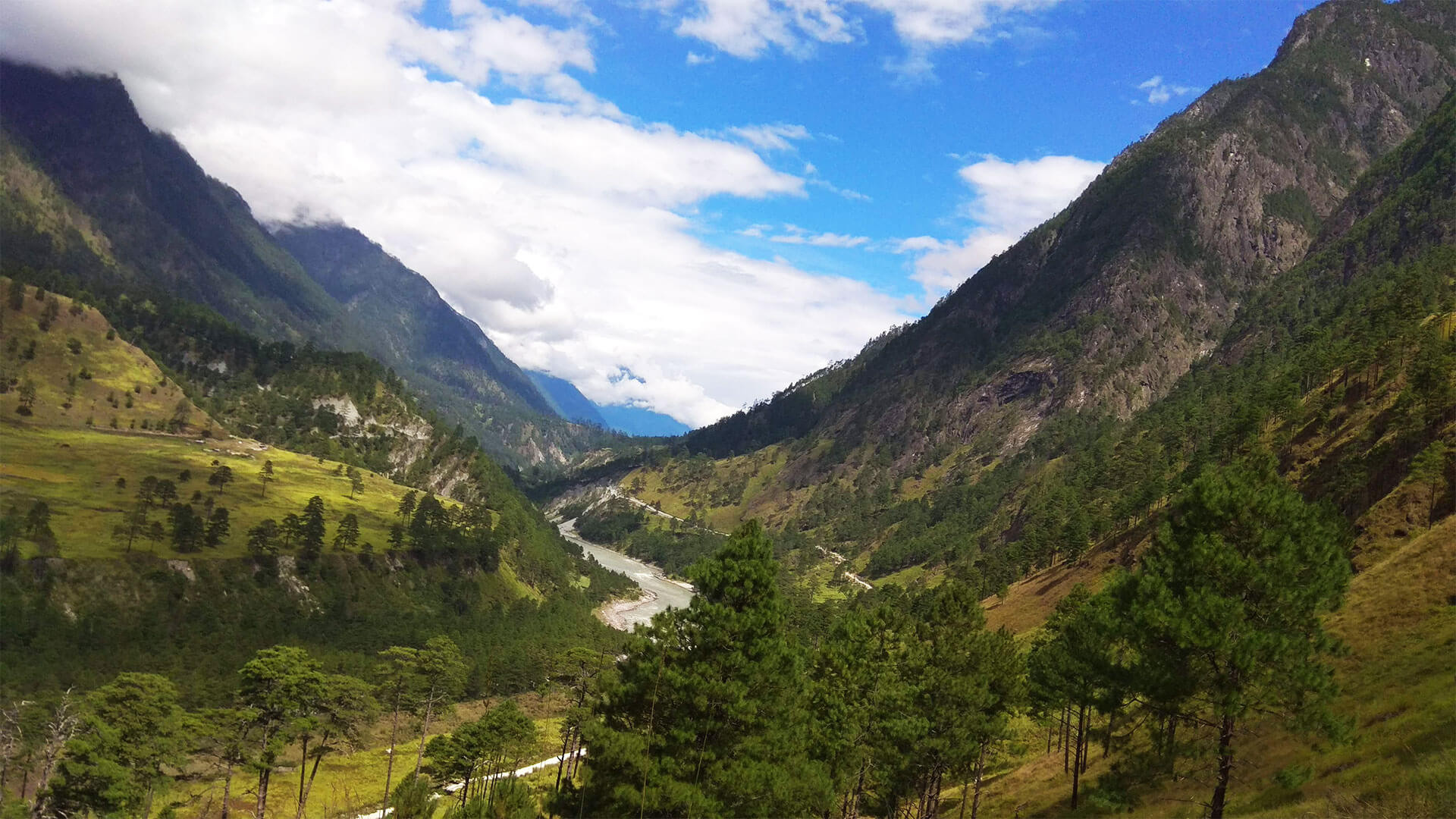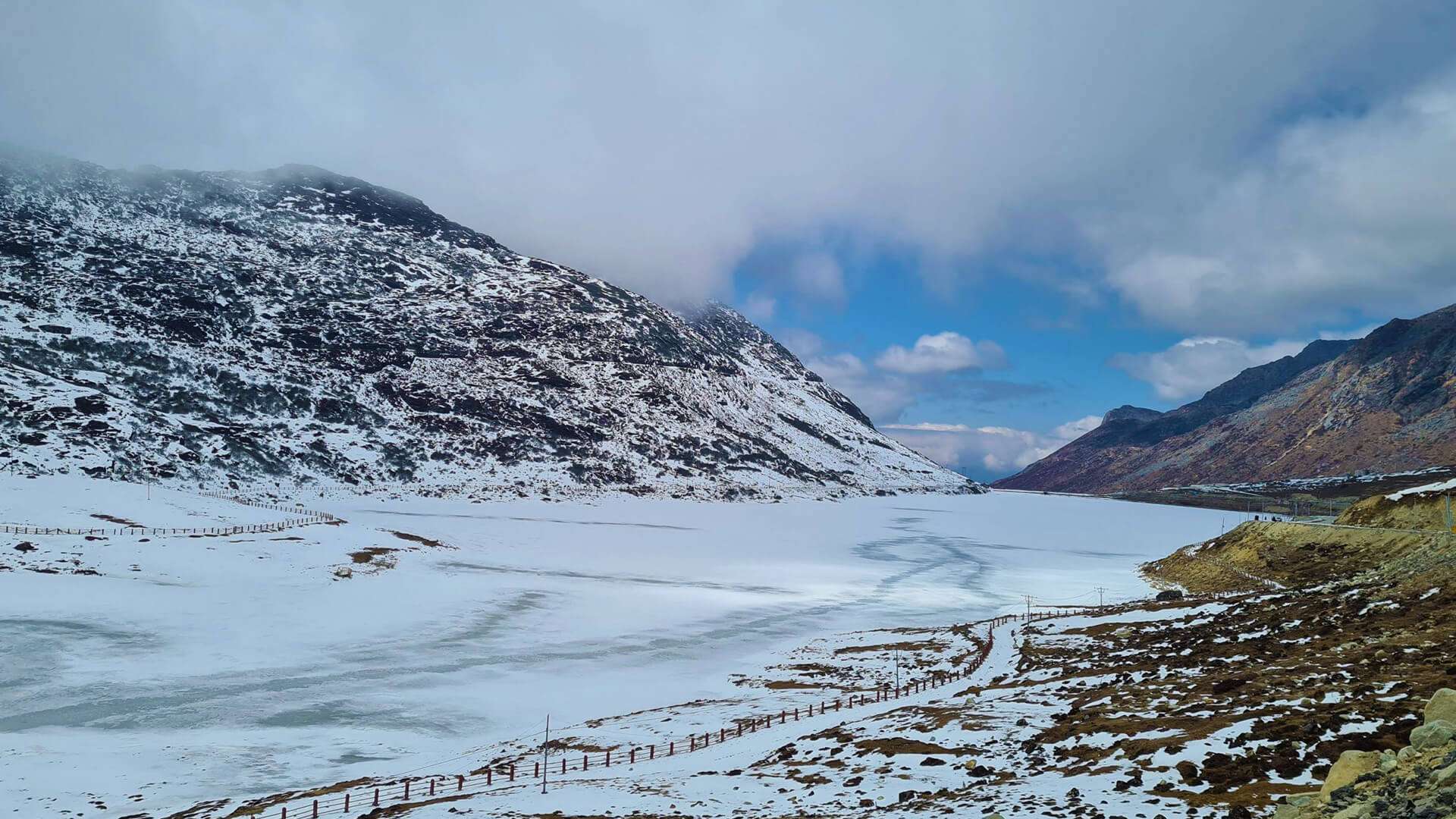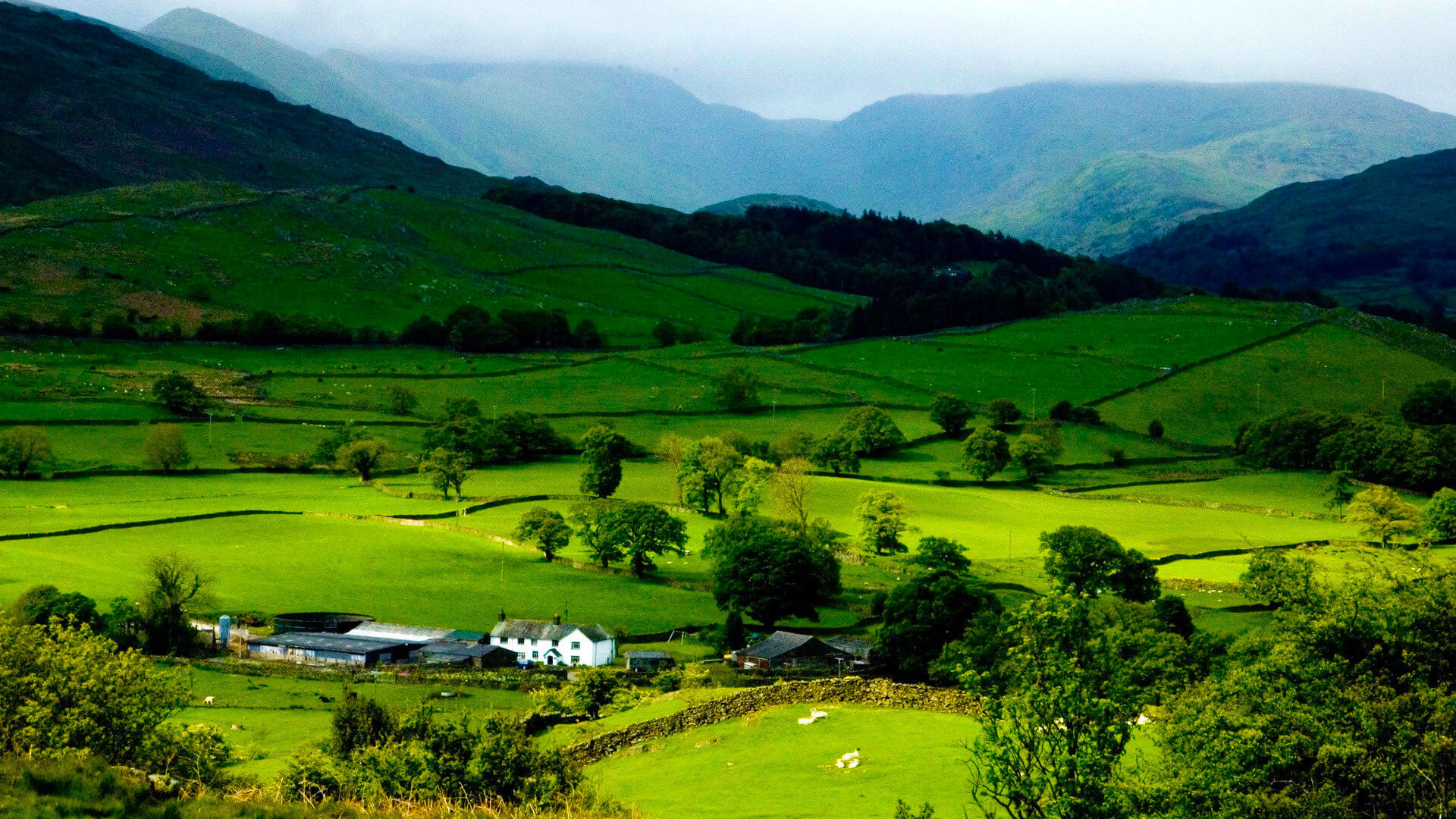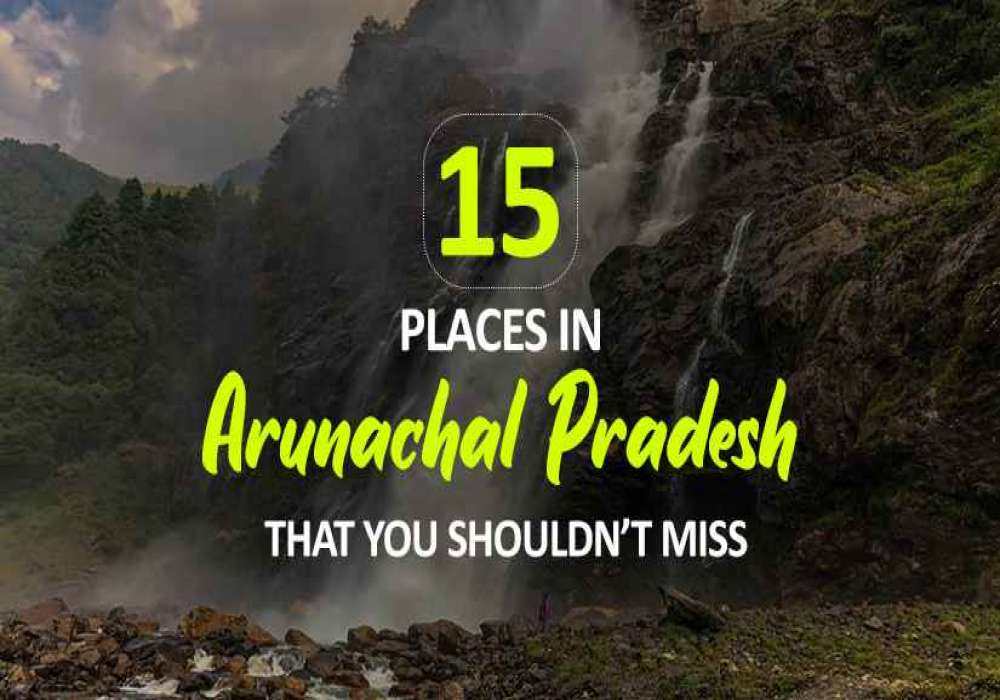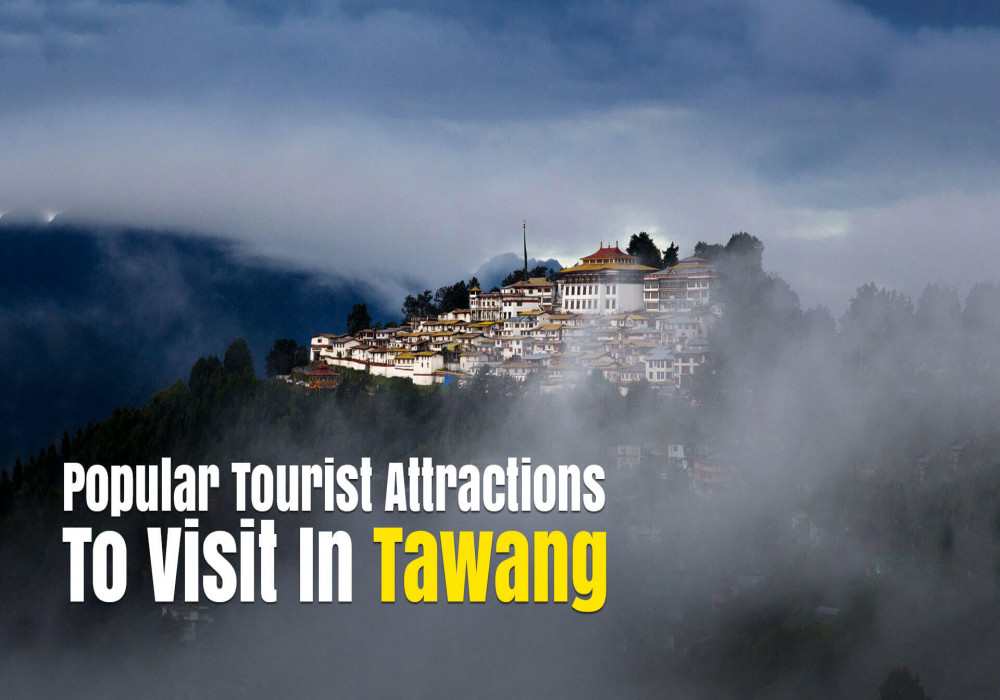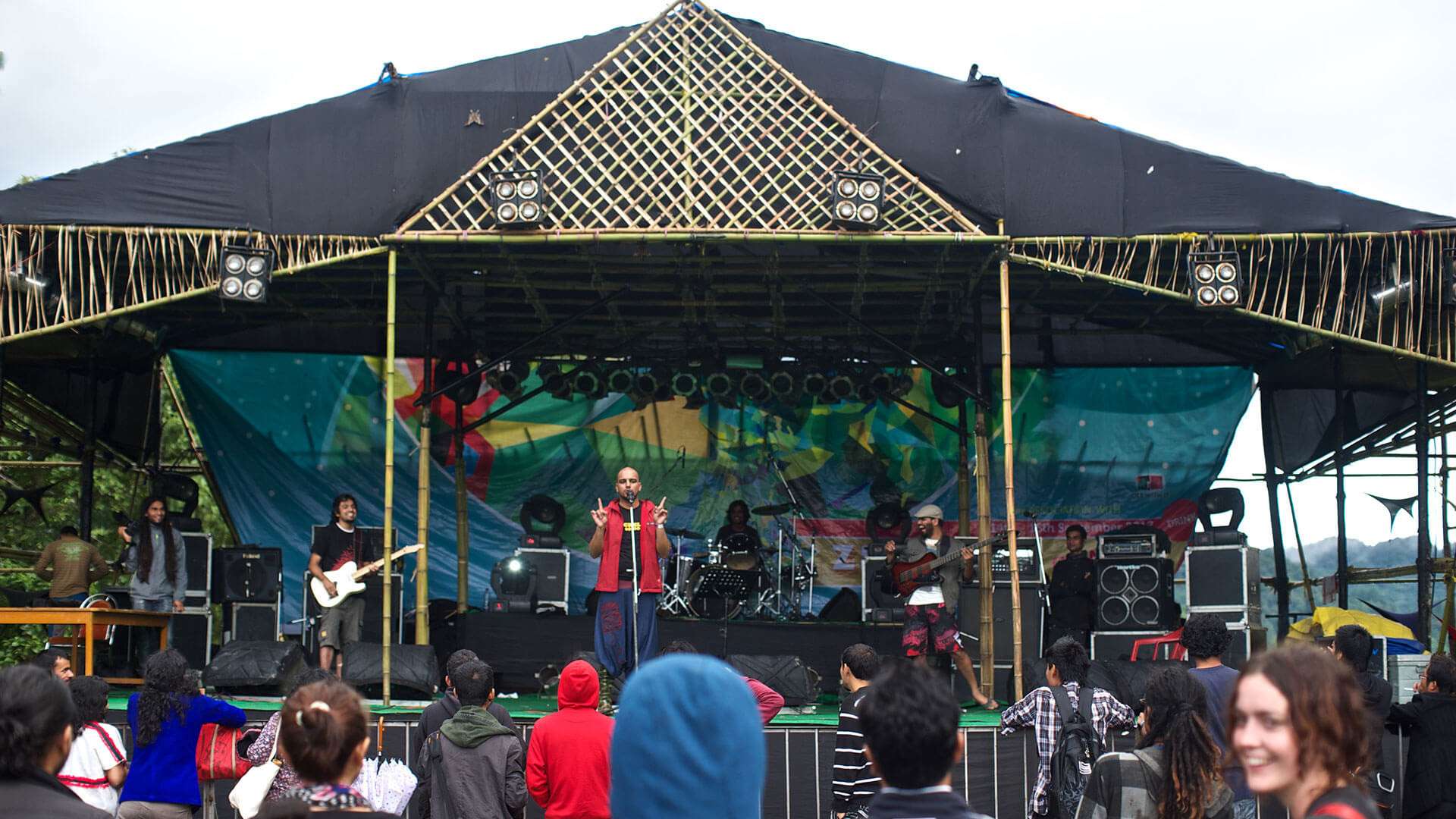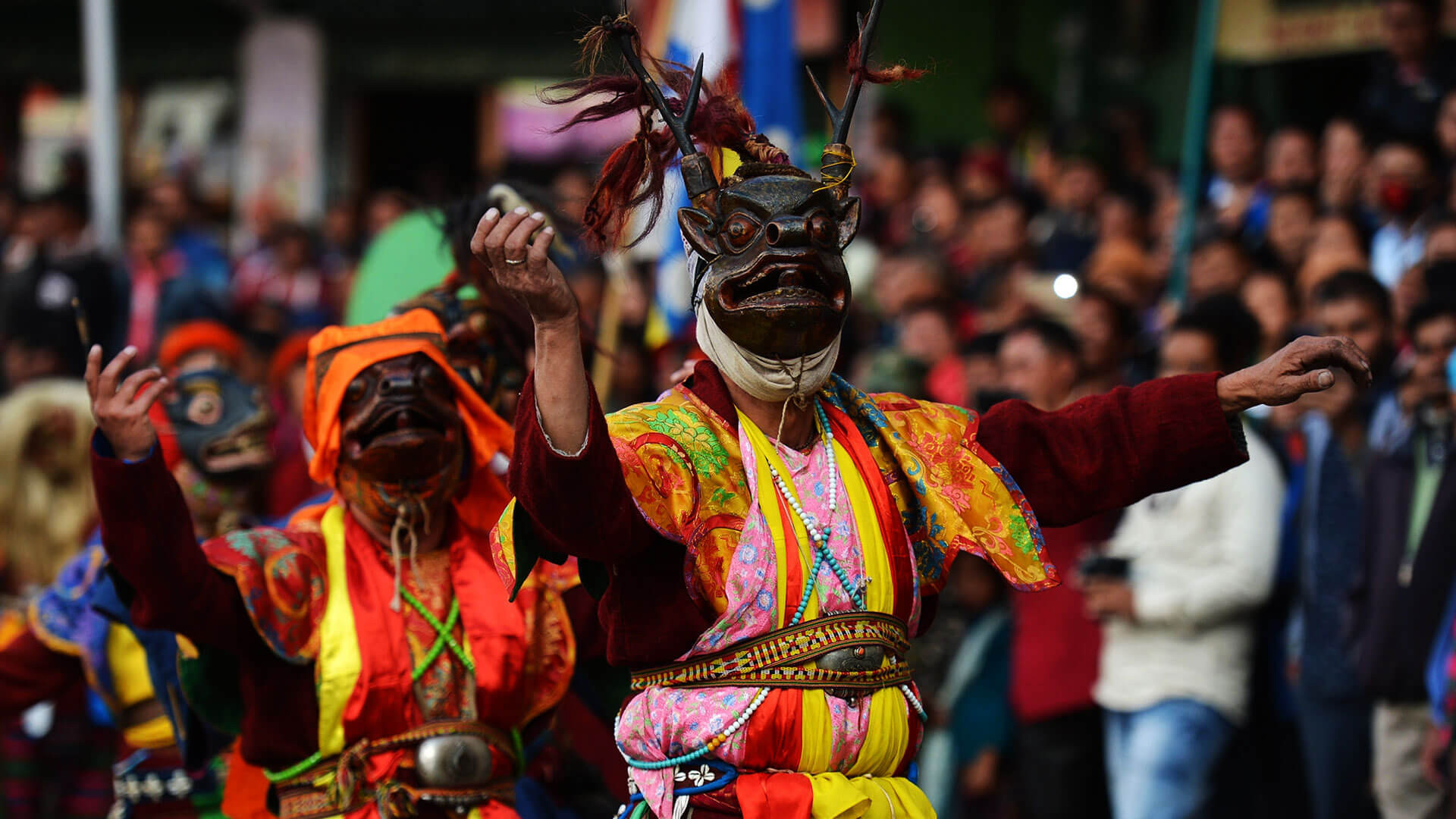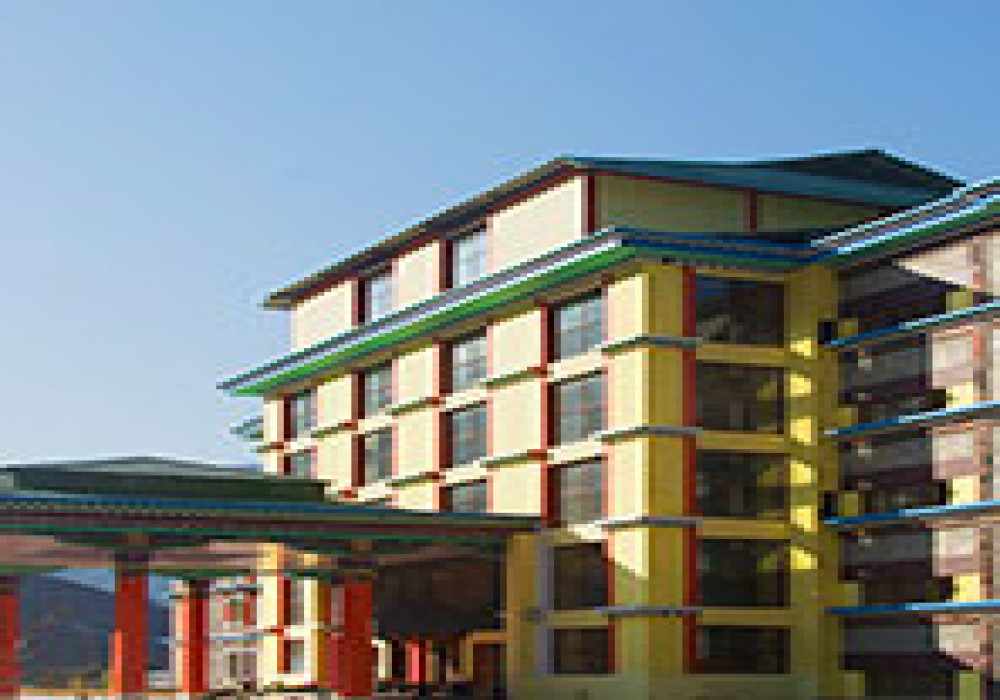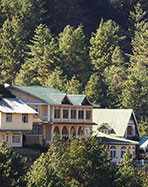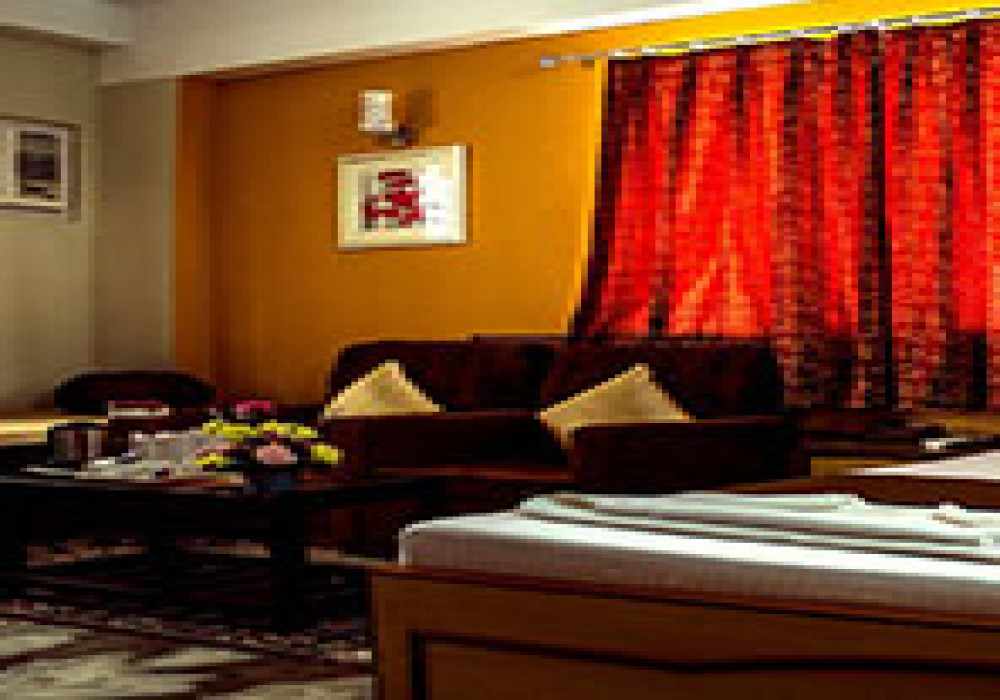Arunachal Pradesh Tour Packages 2025
Cities in Arunachal Pradesh
Best Destinations in Arunachal Pradesh
Arunachal Pradesh Tourism: Complete Travel Guide
The first light of the Indian sun doesn’t shine on Delhi or Mumbai. It touches Arunachal Pradesh first. Before the rest of the country wakes up, the sky here is already glowing. The mountains turn golden, rivers shimmer, and the crisp air feels alive.
This isn’t just another place on the map. It’s where time slows down, where nature still feels wild, and where traditions run deep. Monks chant in ancient monasteries. Tribal festivals burst with color and music. Valleys stretch endlessly, untouched and pure.
Here, every sunrise is a spectacle. Every path leads to something unexpected from the mystical peaks of Mechuka to the quiet charm of Ziro, Arunachal Pradesh isn’t just about seeing—it’s about feeling.
Come for the mountains. Stay for the magic. And watch the day begin like never before.There's a lot more to know about the place, keep reading!
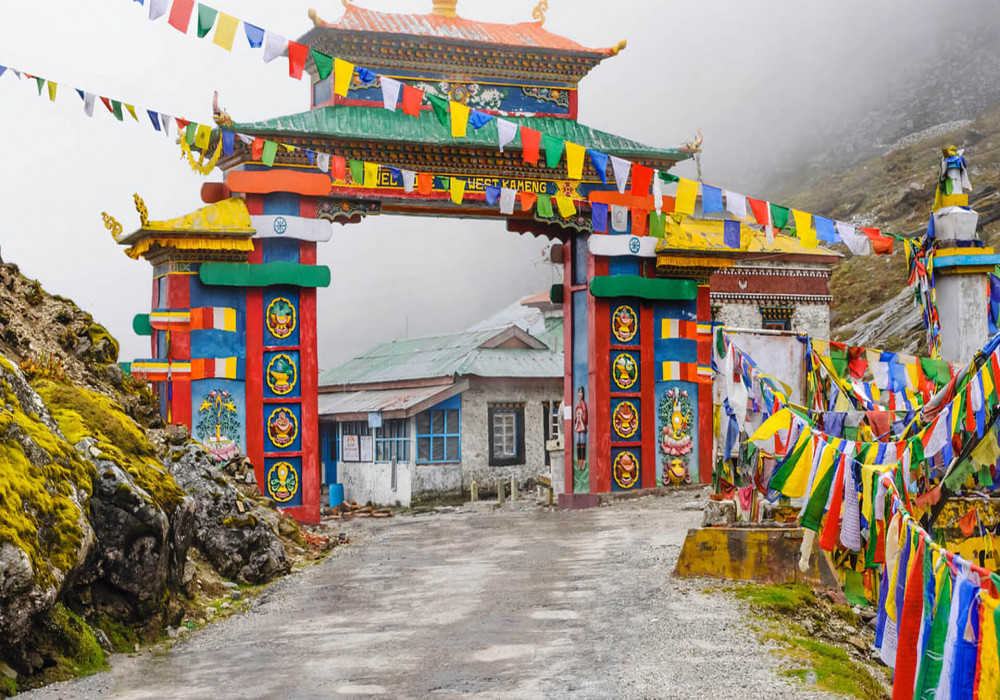
Historical Significance of Arunachal Pradesh
1. Ancient References: Arunachal Pradesh is mentioned in ancient Hindu texts like the Kalika Purana and Mahabharata, where it is believed that sage Parashurama washed away his sins.
2. Buddhist Influence: The region saw the spread of Mahayana Buddhism from Tibet, especially in areas like Tawang, home to the famous Tawang Monastery (17th century), one of the largest in Asia.
3. Tribal Heritage: Arunachal Pradesh has been inhabited by various indigenous tribes for centuries, each with its own oral history, customs, and governance systems.
4. British Colonial Era: During British rule, the region was largely autonomous and referred to as the North-East Frontier Agency (NEFA). The British undertook limited expeditions here due to its difficult terrain.
5. McMahon Line Controversy (1914): The boundary between British India and Tibet was drawn during the Simla Convention, resulting in the McMahon Line, which later became a point of dispute with China.
6. Statehood and Identity: Arunachal Pradesh became a Union Territory in 1972 and attained full statehood in 1987, marking its official integration into the Indian Union and highlighting its strategic and cultural importance.
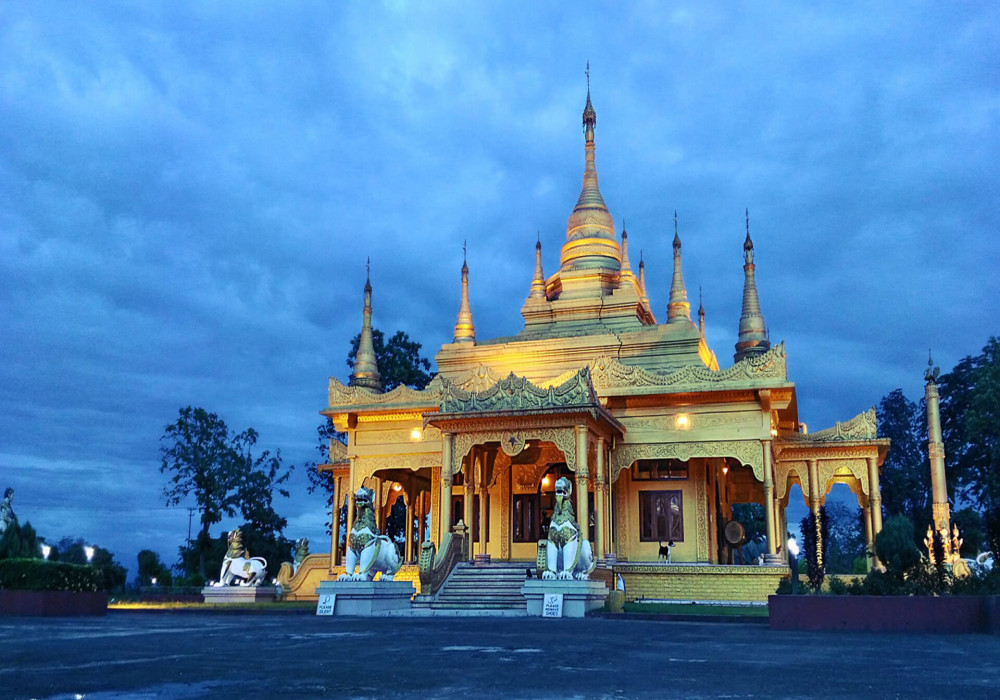
Climate in Arunachal Pradesh
Arunachal Pradesh experiences a mix of climatic conditions. Summers (March to June) are pleasant, making it the best time to visit. The monsoon season (July to September) brings heavy rainfall, while winters (October to February) are cold, with snowfall in higher regions. The best time to explore this scenic state is from October to April.
Culture and Tradition of Arunachal Pradesh
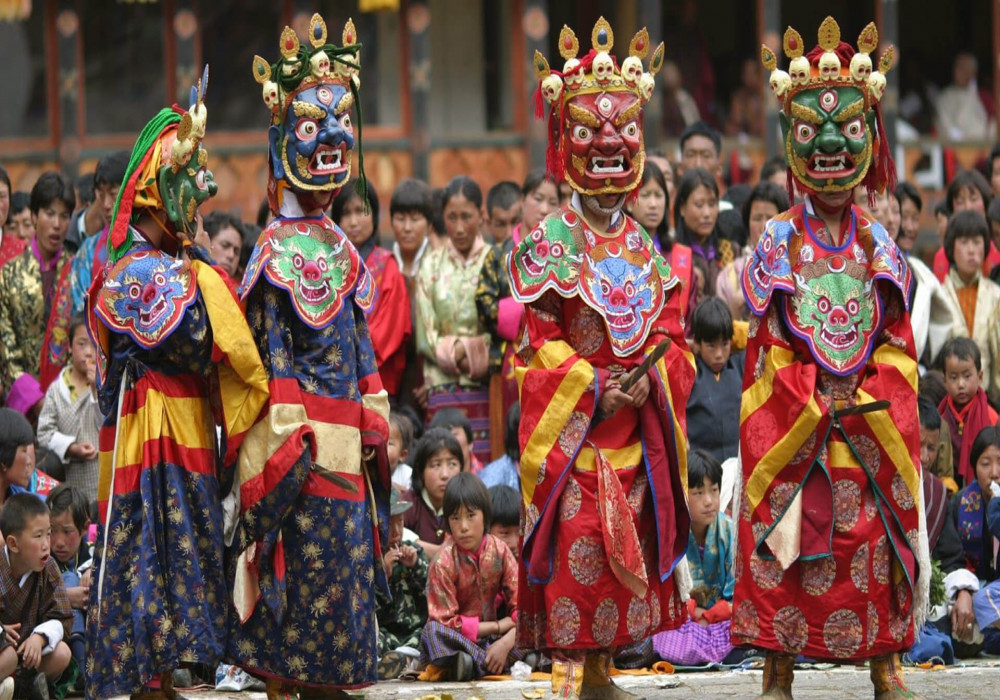
The state is home to 26 major tribes and over 100 sub-tribes, each with unique customs and traditions. Festivals like Losar, Solung, and Torgya reflect Arunachal's vibrant culture. Traditional dance forms such as Aji Lamu and Roppi showcase the artistic side of the tribes. The state is also famous for its exquisite handicrafts, including bamboo and cane products.
Waterfalls in Arunachal Pradesh
Arunachal Pradesh boasts some of the most beautiful waterfalls in India.
- Nuranang Falls (also called Jang Falls) in Tawang is a breathtaking sight.
- Bap Teng Kang Waterfall near Dirang is a perfect picnic spot.
- Sally Lake Waterfall in Roing offers a peaceful escape into nature.
Read More: Places To Visit In Arunachal Pradesh
Sally Lake Waterfall in Roing offers a peaceful escape into nature.
Serene Highland Escapes in Arunachal Pradesh – A Breathtaking Retreat
For those who love the mountains, Arunachal Pradesh is a dream destination:
- Tawang – Famous for the Tawang Monastery and scenic landscapes.
- Mayudia – A snow-covered hill station known for its breathtaking views.
- Anini – A remote paradise offering stunning Himalayan vistas.
- Lhau Village – A lesser-known retreat with pristine nature and cultural charm.
- Mouling National Park – A haven for nature enthusiasts with rich biodiversity.
- Romantic Escapes – Best Honeymoon Destinations in Arunachal Pradesh
Arunachal Pradesh is an offbeat yet enchanting destination for couples:
- Sangti Valley – A paradise with lush green meadows and a tranquil atmosphere.
- Mechuka – Experience magical sunrises and scenic beauty.
- Bomdila – Enjoy peaceful moments amidst nature.
- Itanagar – The capital city offering cultural experiences and nature walks.
- Roing – A romantic getaway with scenic lakes and waterfalls.
Top Free Things to Do in Arunachal Pradesh
- Explore Tawang Monastery – Visit India’s largest monastery without any entry fee.
- Enjoy the beauty of Ziro Valley – Walk through lush green fields and scenic landscapes.
- Visit the Golden Pagoda in Namsai – Experience serenity at this stunning Buddhist temple.
- Hike to Gorichen Peak – Take in breathtaking mountain views.
- Witness the natural beauty of Sela Pass – Enjoy snow-covered landscapes for free.
- Experience tribal culture at villages – Interact with locals and learn about their traditions.
- Discover the tranquility of Pakhui Wildlife Sanctuary – A great spot for birdwatching and nature walks.
- Visit Glow Lake in Wakro – A serene, offbeat location surrounded by lush forests.
- Walk through the ancient ruins of Malinithan – A site of historical and archaeological significance.
- Admire the beauty of Aalo’s orange orchards – Experience the lush greenery and vibrant orchards.
Why Visit Arunachal Pradesh?
- Stunning Landscapes – Snowy mountains, lush valleys, and crystal-clear rivers.
- Rich Culture – Experience tribal festivals, traditions, and warm hospitality.
- Adventure Activities – Trekking, river rafting, and wildlife spotting.
- Spiritual Escapes – Visit ancient monasteries and meditation retreats.
- Offbeat Destination – Less crowded and untouched by mass tourism.
When to Visit Arunachal Pradesh
The best time to visit Arunachal Pradesh is between October and April when the weather is pleasant and ideal for sightseeing.
How to Reach Arunachal Pradesh
- By Air: The nearest airport is in Dibrugarh (Assam), with flights connecting to major cities.
- By Train: The closest railway station is Naharlagun, near the capital Itanagar.
- By Road: Well-connected by road with Assam; buses and taxis are available.
Arunachal Pradesh Tour Packages – The Perfect Getaway
Some places are just destinations. Arunachal Pradesh is an experience. Towering peaks, wild rivers, and ancient traditions—every corner has a story waiting to be told.
Feel the thrill of adventure on hidden trails. Witness the energy of tribal festivals bursting with color. Or simply breathe in the silence of misty valleys. This isn’t just a trip—it’s a feeling you’ll carry forever.
Pack your bags and let Adotrip craft your perfect Arunachal escape. With us, nothing is far!
Book Your Arunachal Tour Package Today!
Experience the best of Arunachal Pradesh with our customised travel packages. Whether you're looking for an adventure-filled itinerary or a peaceful retreat, we have the perfect plan for you. Let’s turn your dream vacation into reality!
Frequently Asked Questions
Q1: Where is Arunachal Pradesh located?
A1: Arunachal Pradesh is located in the northeastern part of India. It shares borders with Bhutan to the west, China to the north, Myanmar to the east, and the Indian states of Assam and Nagaland to the south.
Q2: What is the best time to visit Arunachal Pradesh?
A2: The best time to visit Arunachal Pradesh is from October to April, when the weather is pleasant and ideal for sightseeing, trekking, and cultural experiences.
Q3: Do I need a permit to visit Arunachal Pradesh?
A3: Yes, Indian tourists need an Inner Line Permit (ILP), and foreign tourists require a Protected Area Permit (PAP) to enter Arunachal Pradesh.
Q4: What are the top tourist attractions in Arunachal Pradesh?
A4: Popular tourist places include Tawang Monastery, Ziro Valley, Bomdila, Dirang, Namdapha National Park, and Sela Pass.
Q5: What is Arunachal Pradesh famous for?
A5: Arunachal Pradesh is known for its stunning natural beauty, rich tribal culture, Buddhist monasteries, wildlife, and scenic valleys.
Q6: How can I reach Arunachal Pradesh?
A6: The nearest airport is in Tezpur or Guwahati (Assam), and the nearest railway station is also in Assam. From there, travelers can take a cab or bus to Arunachal Pradesh.
Q7: What languages are spoken in Arunachal Pradesh?
A7: The main languages spoken include Hindi, English, and various tribal dialects like Nyishi, Adi, and Monpa.
Q8: Is it safe to travel to Arunachal Pradesh?
A8: Yes, Arunachal Pradesh is generally safe for tourists.
Q9: What are some unique cultural aspects of Arunachal Pradesh?
A9: Arunachal Pradesh is home to over 26 major tribes and more than 100 sub-tribes, each with its own customs, festivals like Losar, Ziro Music Festival, and traditional attire.
Q10: Can I experience snowfall in Arunachal Pradesh?
A10: Yes, places like Tawang, Sela Pass, and Bomdila receive snowfall during December to February, offering a beautiful winter experience.

